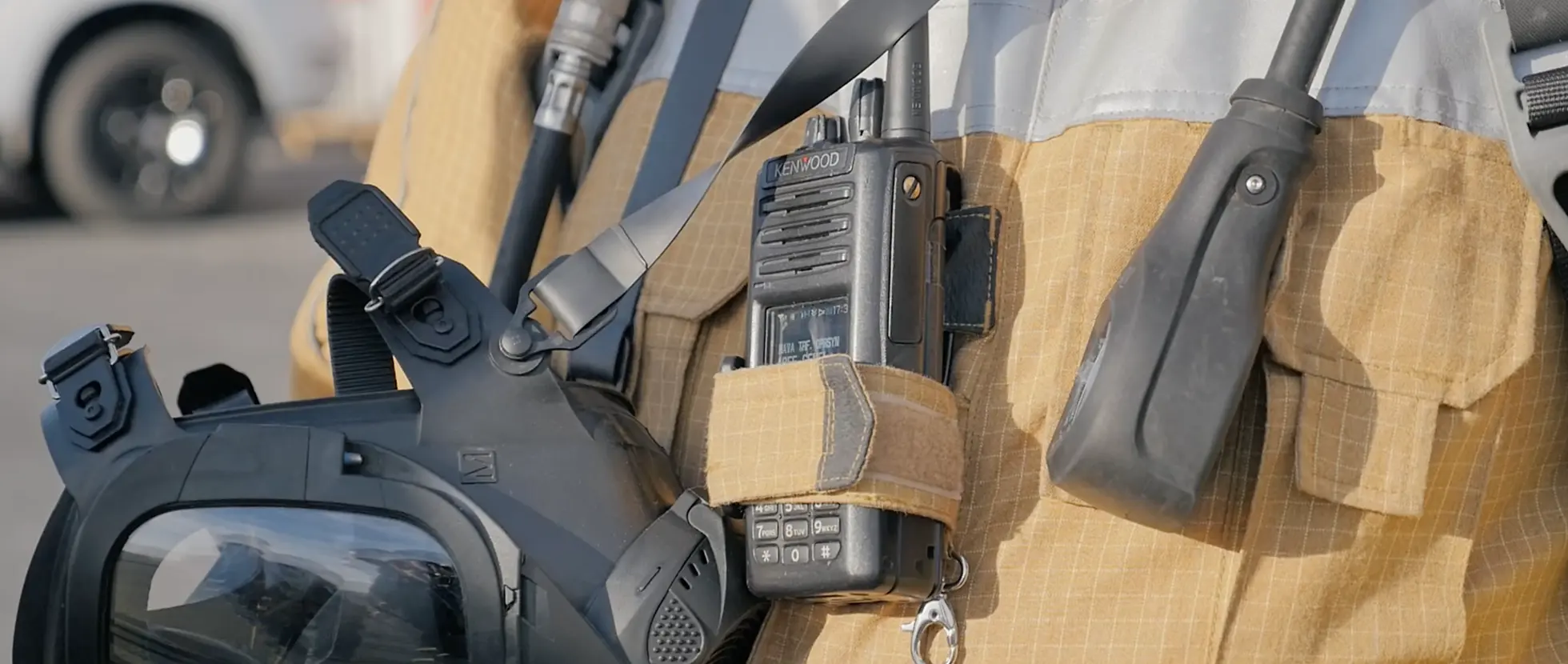ProTalk Digital PMR446 Bringing words to life at the home of William Wordsworth
Enhancing the visitor experience for 60,000 people each year. Every year, millions of adventurers, tourists and day-trippers flock to the Lake District in North West England. Some are attracted by the backdrop of mountains and lakes, but many others come to find out more about the artists and poets who were inspired by the stunning landscape.

 Dove Cottage in Grasmere was the first family home of Britain’s best loved poet, William Wordsworth and is where he wrote most of his poetry including the most famous poem in the English language, ‘I wandered lonely as a cloud’ otherwise known as The Daffodils poem.
Dove Cottage in Grasmere was the first family home of Britain’s best loved poet, William Wordsworth and is where he wrote most of his poetry including the most famous poem in the English language, ‘I wandered lonely as a cloud’ otherwise known as The Daffodils poem.
The Cottage is preserved as it was when he left in 1808 and still contains his furniture and personal possessions. A museum next door tells the story of his life and displays original manuscripts, paintings and interactive exhibits from the Wordsworth Trust’s collection of over 36,000 items.
Around 60,000 visitors explore the house and garden each year to discover more about Wordsworth’s amazing life and the logistics of handling such crowds is a daunting task within the confines of a small site.
An important source of revenue for the Wordsworth Trust is group visits and these come from many countries around the world. On a busy day, up to 15 parties might arrive, consisting of 30 – 50 members. The rooms in Dove Cottage are small, meaning that a maximum of 15 people can go on a guided tour at one time. These groups are usually pre-booked, but they have to be scheduled so as not to disappoint others who arrive independently.
Managing the flow of visitors during peak times is a complex balancing act which relies on good communication, but this isn’t easy. While the Museum and shop / ticket office are equipped with phones, computers etc, Dove Cottage has remained unchanged.
The Cottage itself was built in the early 1600s and is set into the hillside. The Museum was originally a Victorian coach house and stable block for a local hotel and the shop was a blacksmith’s premises. They are all constructed of local stone and the walls are very thick.
A handful of walkie talkies were bought in the 1990s, but were of limited use, being unable to get a signal inside the various buildings. Mobile phones don’t perform much better, so until recently this visitor attraction relied on ‘runners’ to coordinate operations.
In early 2014 a new Visitor Services Manager, Jane Affleck, came to work at Dove Cottage and she soon identified that better communications would save time and effort and deliver a better visitor experience. Some online research revealed that the latest generation of PMR446 licence-free two way radios might provide a simple, discreet and effective means of communication.
 She spoke to a few suppliers and settled on the KENWOOD Pro-Talk TK-3401D Digital PMR446 because of the rugged construction of their handsets, their reputation for reliability, the simple controls and the digital signal option which, she hoped, would operate effectively given the construction of the buildings.
She spoke to a few suppliers and settled on the KENWOOD Pro-Talk TK-3401D Digital PMR446 because of the rugged construction of their handsets, their reputation for reliability, the simple controls and the digital signal option which, she hoped, would operate effectively given the construction of the buildings.
“It has worked out really well” reports Jane, “We now have four hand-portables which provide clear voice communications between key staff operating in and around the Museum, the Shop, where groups check in, the guides and the duty manager. The thick stone walls don’t seem to be a problem at all.”
This has brought real efficiencies and flexibility to the visitor attraction. Shop staff who welcome visitors can stay at their posts; guides in the Cottage know when groups arrive and can be told if there any issues or special requirements to deal with.
“Our main problem now” adds Jane, “is getting our long-standing staff to remember to use the radios when they have been used to running things without any technology to help them. For others, the ProTalk digital radios have already become a vital part of their everyday equipment.”
